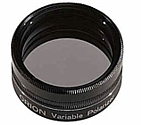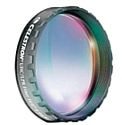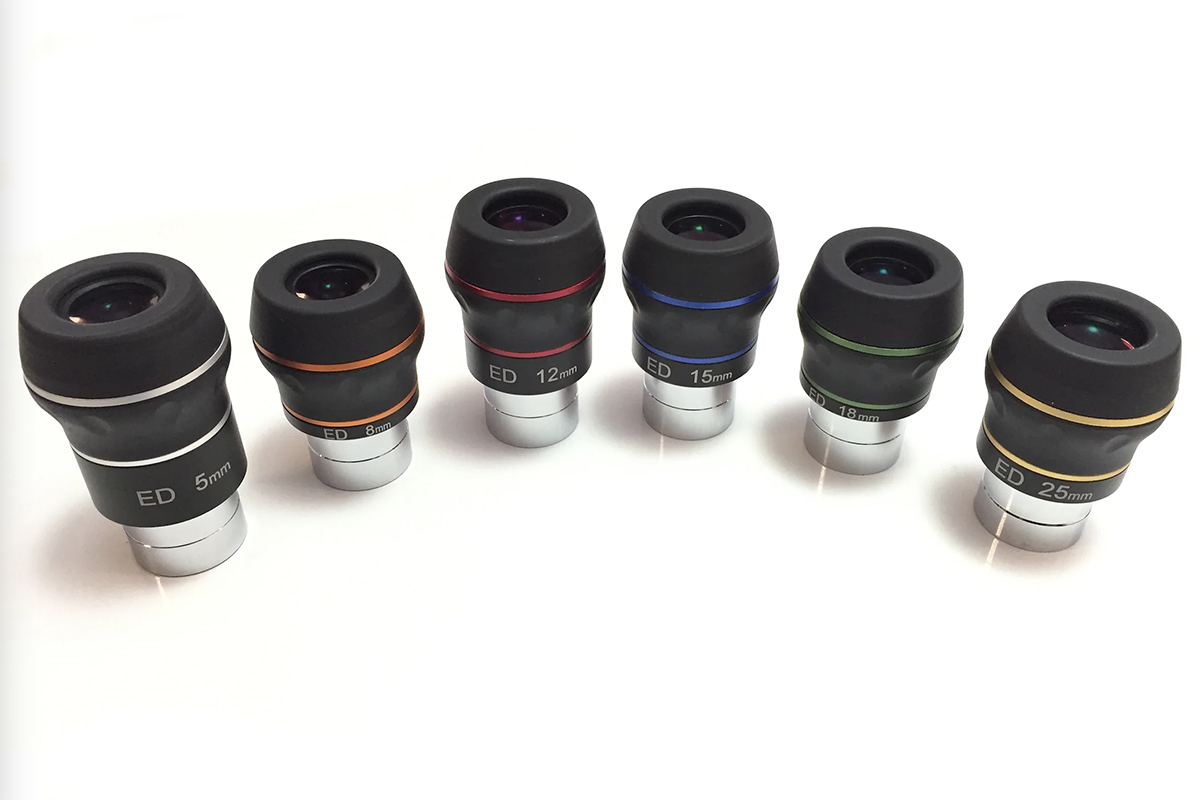 Also exist lunar filters, these act by absorbing the excessive luminosity of the satellite to allow us to better appreciate the characteristics of the surface, such as craters and seas. Lunar filters give a coloration greenish to the moon. On the other hand there are sun filters, designed to prevent the passage of excessive radiation and thus be able to safely contemplate our star. The best known in this category is the filter alpha hydrogen (H-alpha), which allows only a narrow band of radiation to pass through.
Also exist lunar filters, these act by absorbing the excessive luminosity of the satellite to allow us to better appreciate the characteristics of the surface, such as craters and seas. Lunar filters give a coloration greenish to the moon. On the other hand there are sun filters, designed to prevent the passage of excessive radiation and thus be able to safely contemplate our star. The best known in this category is the filter alpha hydrogen (H-alpha), which allows only a narrow band of radiation to pass through.
 The deep space filters, such as Oxygen III, allow better observation of planetary and emission nebulae; a Hydrogen Beta (H-Beta) improves the view of emission nebulae (e.g. Horsehead nebula in Orion); an Ultra High Contrast (UHC) is useful for planetary and emission nebulae; They all fulfill the function of letting through and absorbing certain wavelengths that enhance our objective.
The deep space filters, such as Oxygen III, allow better observation of planetary and emission nebulae; a Hydrogen Beta (H-Beta) improves the view of emission nebulae (e.g. Horsehead nebula in Orion); an Ultra High Contrast (UHC) is useful for planetary and emission nebulae; They all fulfill the function of letting through and absorbing certain wavelengths that enhance our objective.
Additionally there are variable polarized filters, which allow us to control the amount of light we receive, as they are composed of two polarized filters in a rotating cell, where the brightness can be controlled between 1% to 40%. It is often used as a replacement for the lunar filter and to separate nearby binary systems.
 Finally, there are type filters CLS (City Light Suppressor) either LPR (Light Pollution Reducer), which eliminate part of the Light pollution that comes from our own observation site, since they absorb the wavelengths of mercury and sodium, since most lighting systems are based on aluminum luminaires. Mercury Vapor either High and low pressure sodium.
Finally, there are type filters CLS (City Light Suppressor) either LPR (Light Pollution Reducer), which eliminate part of the Light pollution that comes from our own observation site, since they absorb the wavelengths of mercury and sodium, since most lighting systems are based on aluminum luminaires. Mercury Vapor either High and low pressure sodium.


